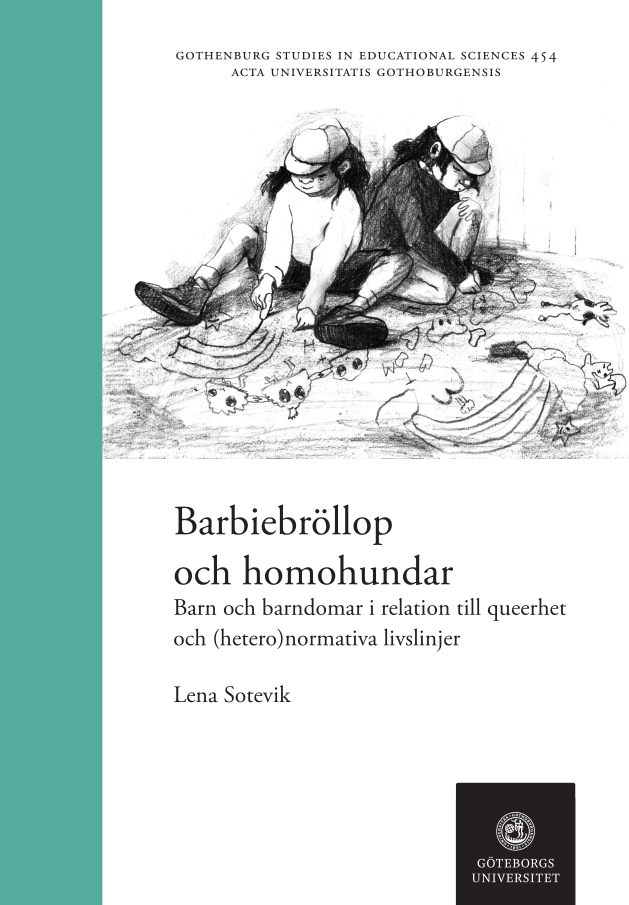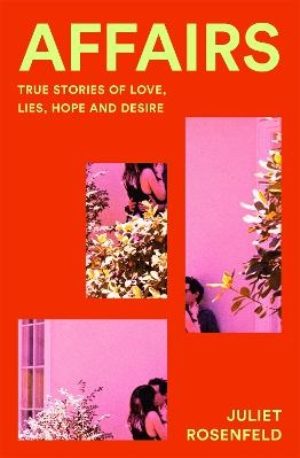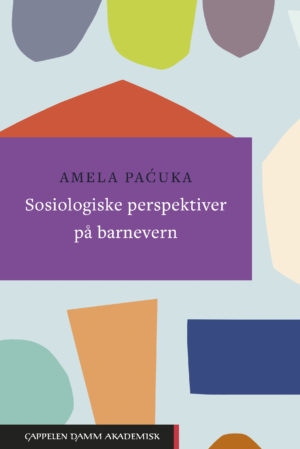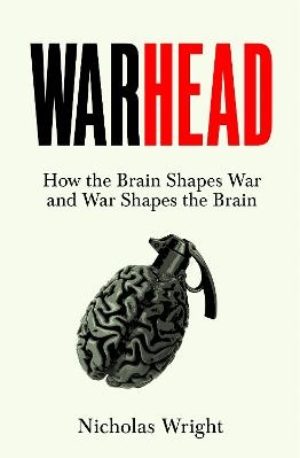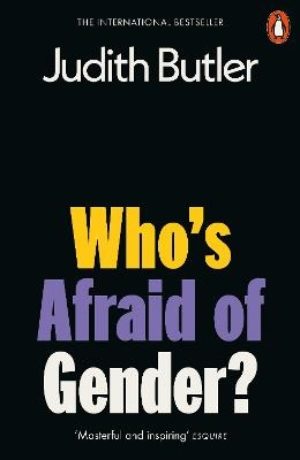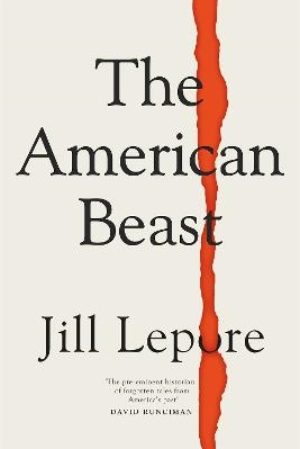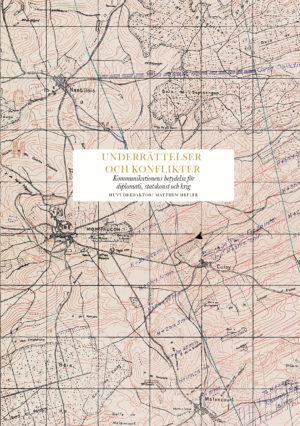This dissertation investigates relations between sexualities, children and childhoods by examining the following questions: How are heteronormativity and normative life courses repeated, negotiated and challenged by children? How are norms of age, children and childhood given significance in relation to heteronormativity and queerness? How is the child featured in contemporary discourses regarding sexualities, normative life courses and possible futures? The study is based on the discourse analysis methodology of Foucault (1972, 1980, 1993, 2002) and inspired by Marcus’ (1995, 1998) ’multi-sited ethnography.’ Children’s play and meaning-making during the school day are studied using participatory observations. Preschool policy documents are analyzed to investigate in what way ‘sexual orientation’ is discussed in relation to discrimination and equal treatment, and teachers are interviewed on the subject of working with lgbtq certification and norm criticism in preschool. Sources within children’s culture, showing representations of same-sex love, provide another entrance for investigating how queerness is presented, and how this is discussed among adults. Critical perspectives from queer theory and childhood studies, where sexuality and age are considered simultaneously discursive, material and performative (Butler, 1990, 1993; Castaneda, 2003, Foucault, 2002; Lee, 2001), are combined theoretically. How age (childhood) norms and sexuality norms interact is investigated using queer-temporal theories (Ahmed, 2006; Dyer, 2014; Edelman, 2004; Halberstam, 2005; Stockton, 2009). The results of the included articles indicate that children normalize heterosexuality by (re)producing heteronormative family and couple discourses in their family play and wedding play. This emerges as age-coded heteronormativity, where norms of children and adults become visible through the way in which heteronormativity is repeated. At preschool, representations of ‘sexual orientation’ are primarily focused on families and family constellations, rarely mentioning interactions among the children. Queerness in relation to childhood emerges, at the same time, as something that is demanded and questioned. The child is used as a space for negotiation of society values, disguised as the question of what is good or bad for children. A conditional queerness emerges, at the intersection of lgbtq+ questions, as an increasingly desirable symbol of a democratic, modern and urban society, and as the expected absence of childhood sexuality, particularly queer sexuality. Queerness is made conditional through, for instance, desexualized love and family discourses. Age norms, in this case norms of children and childhoods, are significant for how, when and with which arguments queerness is represented.
Parts of work
Sotevik. L. (2019). Framtidsfantasier - Kampen om barnets bästa. Lambda Nordica, 23(3-4).
Sotevik. L. (2020). ‘Sexual Orientation’ in Swedish Preschool Policy—What Is the Problem? Genealogy, 4(1).
Sotevik, L. Hammarén, N. & Hellman, A. (2019). Familiar play: age-coded heteronormativity in Swedish early childhood education. European Early Childhood Education Research Journal, 27(4).
